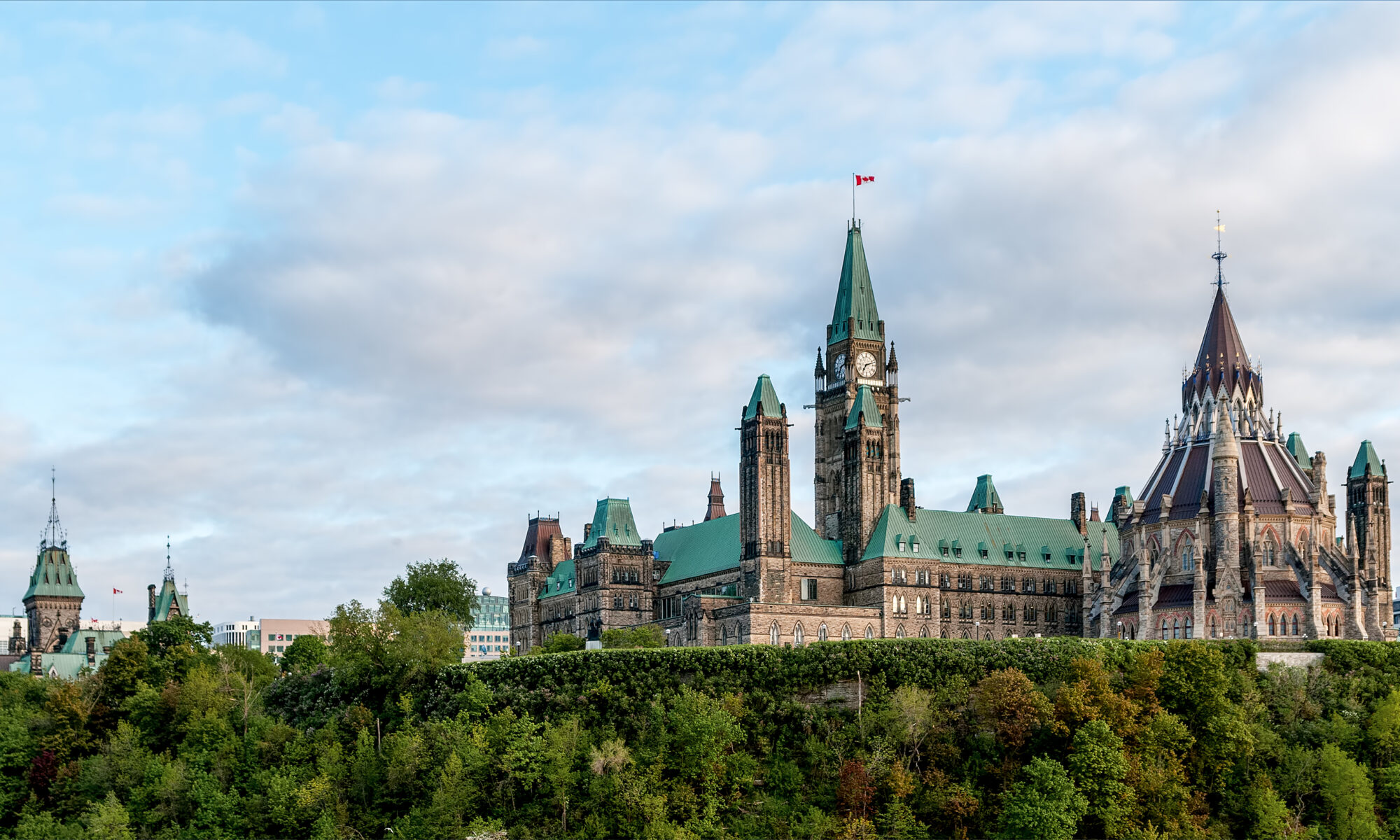
What is state capacity?
The job of any government — to boil it down to a handful of essential items — is to raise taxes, maintain order and provide public goods. Its ability to do those basic tasks is called state capacity.
It’s a straightforward description for something that is, in reality, a big issue given the very complex challenges facing governments today.
The pandemic offered a prime example of both the demands on and limits of state capacity. Governments quickly designed large-scale income support programs, managed strained health-care systems and secured and rolled out vaccines. This was all managed relatively well in the heat of a major public health crisis. But it also exposed weaknesses in governance, from procurement delays to very long wait times for services like passports.
In a recent PPF report, Incapacitated: Why Canada has a state capacity problem — and how to fix it, author and PPF Fellow Sean Speer looked at how state capacity can be bolstered in Canada. Here are some excerpts from that report:
Why does state capacity matter?
The idea, which finds its origins in political science scholarship, has received growing interest in recent years as we grapple with a series of big policy questions that include aging demographics, climate change, the rise of artificial intelligence and evolving geopolitics. One gets the increasing sense that in response to the combination of these mounting challenges — what political scientist and commentator Ian Bremmer calls a “polycrisis” — old debates about the proper size and scope of government are being subordinated to new ones about the efficiency and effectiveness of state action.
Both sides of the political divide have a stake in improving state capacity. Progressives who generally have a more ambitious view of the role of the state in the economy and society ought to be concerned about its effectiveness if for no other reason than it influences the public’s willingness to embrace their priorities. Conservatives who tend to have a less activist view of the state should similarly be concerned with its basic efficiency and effectiveness — its ability to get things done in an affordable and timely manner and its ability to deliver these services to a high standard — to minimize the burdens and costs of government. And they both, of course, have an interest in maintaining public trust and confidence in our governing institutions.
Does state capacity refer to the size of government?
This working definition of state capacity, it must be emphasized, is neutral on the size and scope of government. It is not a normative judgment so much as it reflects a method for judging whether the state can discharge the functions and responsibilities accorded it by the political process. As political scientist Mark Dincecco has explained: “state capacity [is the] state’s ability to accomplish its intended policy actions — economic, fiscal, and otherwise.”
What has caused state capacity to decline?
Policy scholar Brink Lindsey attributes the decline of state capacity (what he refers to as a “state capacity deficit”) in advanced market democracies to two distinct yet mutually reinforcing intellectual movements on the left and right. The right-wing version can be expressed as an anti-statism that has not only sought to cut the size and scope of government but, in its most extreme forms, delegitimizes the state itself. The left- wing version has — in the name of expanding “citizen voice” in the world of public policy and governance — produced what he calls a “sclerotic vetocracy” that has come to undermine the state’s ability to act more efficiently.
MORE FROM PPF: Listen to Sean Speer on a recent episode of our podcast WONK
His solution, therefore, is an intellectual one. As he writes: What is needed most is a change in ideas: namely, a reversal of those intellectual trends of the past 50 years or so that have brought us to the current impasse. On the right, this means abandoning the knee-jerk anti-statism of recent decades, embracing the legitimacy of a large, complex welfare and regulatory state, and recognizing the vital role played by the nation’s public servants (not just the police and military). On the left, it means reconsidering the decentralized, legalistic model of governance that has guided progressive-led state expansion since the 1960s, reducing the veto power that activist groups exercise through the courts, and shifting the focus of policy design from ensuring that power is subject to progressive checks to ensuring power can actually be exercised effectively.
How does Canada rank?
A 2020 paper by University of Gothenburg scholar Andrea Vaccaro and a 2021 paper by political scientist Jonathan Hanson and professor Rachel Sigman place Canada near the upper echelon of cross-national comparisons alongside developed countries such as New Zealand, Switzerland and the Netherlands, but behind top performers such as Denmark, Finland and Sweden.
One way or another, the trendlines suggest room for improvement. Peer jurisdictions are similarly grappling with questions of state capacity — particularly in light of the common challenges we are facing. Researchers and scholars have sought to analyze state capacity on a cross-national basis. Hanson and Sigman have used their database to carry out cross-national comparisons between 1960 and 2015, with Canada’s global ranking shifting between eighth and 12th highest state capacity in the world and an unfavourable trajectory in the first decade-and-a-half of the millennium. (Unfortunately, no data are available for the past nine years.)


